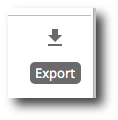Edit a Calendar
Contents
Overview
This section contains basic information such as title, location, timezone, and description.
-
Title: This section shows the name of the calendar
-
Location: This section shows the location that the calendar is in. The location can be a preset made by Google, a Saved Global Location, or a Detected Local Location.
-
Time Zone: This section shows the time zone that the calendar is in.
-
Color: This section allows the user to select the color for events on that calendar.
-
Description: This section is a description of the calendar.
-
Is Shown: This indicates whether or not to display the calendar in the user's calendar list.
Enter your desired updates. Once you've made your changes, click Save. If you want to cancel the changes you've made, click Discard Changes.
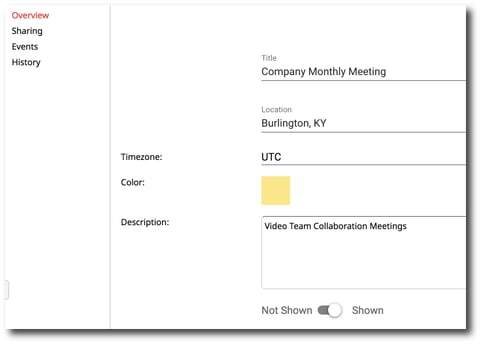
Change a calendar's visibility
Domain Sharing: If you want to share the calendar to your domain, switch the toggle to "Calendar Shared to Domain." When you make a calendar visible to your domain, only users in your domain can find and access the calendar.
Public Sharing: If you want to share the calendar to the public, switch the toggle to "Calendar is Public." When you make a calendar public, any one on the internet can find and access the calendar, no sign-in required.
Then select which visibility the calendar will have:
-
See only free/busy: Users can see events booked but not the details of them. It simply shows as "Busy" to those without an direct share or invite to the events.
-
See all event details: Users can see all event details of any booked on the resource, even if they were not invited.
Once you've made your desired changes, click Save. If you want to cancel the changes you've made, click Discard Changes.

Add shares
1. Select whether you'd like to add a User or Group by selecting the icon next to the search bar.

2. Enter the email address of the user or group in the search bar. A list will appear of options, select the desired user or group.6

3. Choose the role from the drop-down menu.
-
Free busy viewer: Can see events booked but not the details of them
-
Viewer: Can see all details of events scheduled on the calendar, including invitees and event description
-
Editor: Can see all details and edit events even if they are not the owner of the event
-
Owner: Can see all details, edit events, and edit the calendar itself
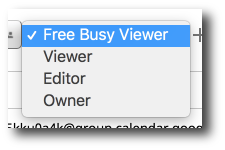
4. Click the Add icon.

Remove shares
1. Select who you would like to delete by checking the box next to their email. They will be highlighted with yellow when selected.
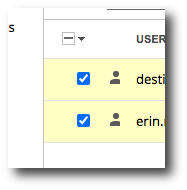
2. Click the Delete icon.
3. A confirmation popup will appear. Confirm that you want to delete the users and click Remove.

Change roles
1. To change the role of an individual member, select the new role from the dropdown next to their email.
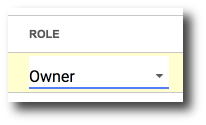
2. To change the role of multiple members, select the members by checking the box next to their email. They will be highlighted with yellow when selected.
3. Click Change Roles.

4. In the popup, select the new role you would like the members to have from the dropdown.
5. Click Update.
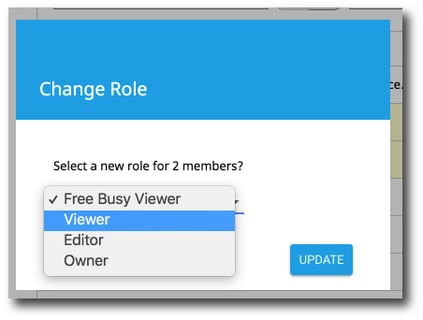
Events
The events section will allow you to view, edit, and delete events on the calendar.
To add an event, click on the day in which you'd like to have the event. Enter a name for the event and then click Create Event. The event will then show on the calendar.
To edit an event, click on the event and then click Edit Event. Make your desired changes and click Save.
To delete an event, click on the event and then click Delete Event.
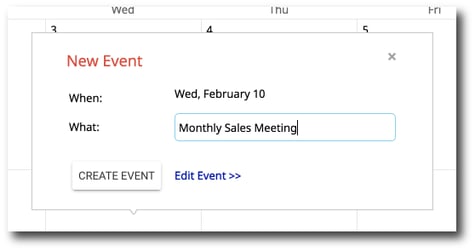
History
The history section allows you to view, filter, and export logs of actions taken on the selected calendar. Please notes that these logs are actions taken in gPanel. For example, you can run a search to see which users have removed shares, updated visibility, etc.
The default settings are set to view all actions taken on the calendar today. If you'd like to change the filters, follow the instructions below.
1. Click Select Filter Type.
2. A list of filter types will appear. Select the type of filter you wish to use.
-
App Log Type: Type of application log to pull/query
-
Performing User: Search for the user that performed the action(s)
-
Target: The item in which the action was taken on, in this case it would be the calendar you are viewing
-
Start Date: The day the action began/occurred, or the beginning of the time frame chosen
-
End Date: The day the action ended, or end of the time frame chosen
-
Module: The module of gPanel you would like to search for a log in
-
Role Permission: Search based on specific admin permissions for actions applicable to them
3. For each filter type, there are different parameters that you can set. For example, if you select the Start Date filter type, select the start date from the calendar drop-down.
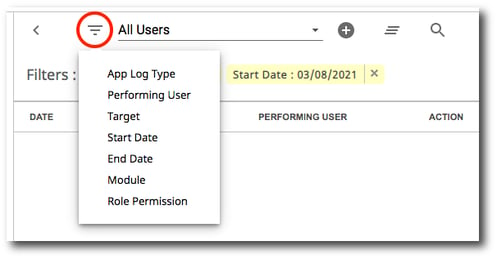
4. Once you add a filter type and parameter, click Add. The filter will then be displayed in the filter list.
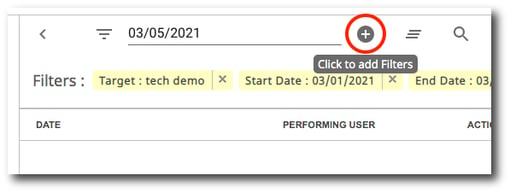
To remove a filter, click the X next to it.
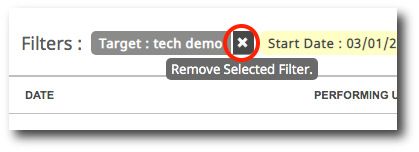
To clear all filters, click the Clear icon.

5. Once you have entered all your desired search filters, click the Search icon. The results will be displayed in the table below the search bar.

To export the results to a Google Sheet in your Drive, click Export Results in the right corner.
